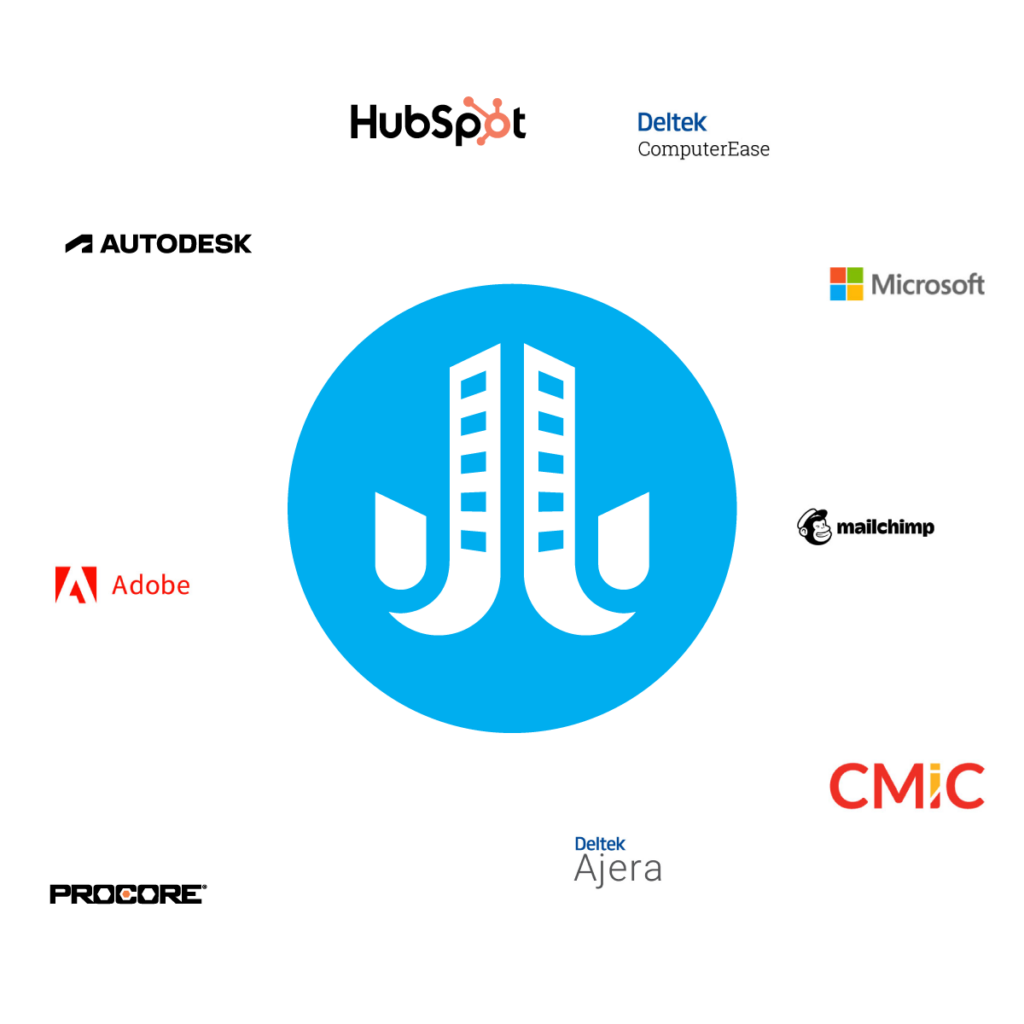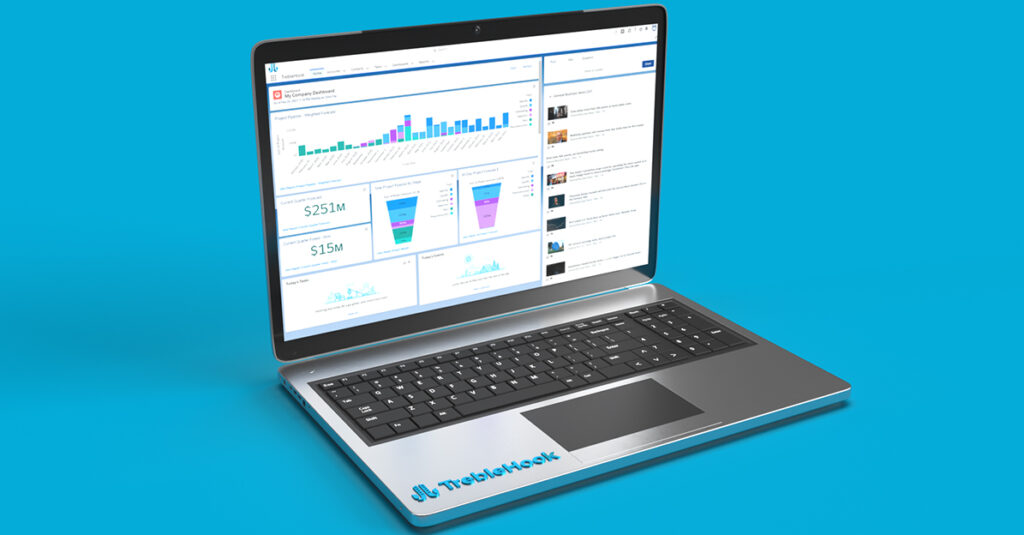We wrote about Digital Transformation in an earlier blog article, Digital Transformation: 6 Takeaways for AEC Leaders. In that article, we discussed what Digital Transformation is and why this is an essential topic for AEC organizations. But, we didn’t talk about what part of your business to transform.
Digital Transformation is an extensive topic and can encompass many different business areas. So how do you know what to focus on to start the Digital Transformation process for your architecture, engineering, or construction firm?
Starting Your Digital Transformation Journey
One of the most manageable places to start your Digital Transformation process is by looking at your data and processes. Believe it or not, as an AEC firm, data is your actual proprietary product. As a leader in the AEC space, your data drives many of your internal processes and should guide your business decisions.
Take, for example, Project Startup. The Project Startup process, for many firms, involves filling out a form. Sometimes this form is on paper, or possibly in an application like Microsoft Word or Microsoft Excel, but a form nonetheless.
This form, pardon the pun, of project data collection can become problematic. Chances are, if your organization stores and collects data with these methods, you’ve likely experienced issues already.
Typically, a person or department has to manually transcribe this information into another system from your Word, Excel, or paper document. Over and over, this transcription of data takes place in your organization.
The manual, time-consuming efforts are just to ensure data is in all of your systems. Truthfully, we hated seeing this form of data sharing and storage. After all that work and human intervention, can you be sure that your data is accurately entered into your accounting or project management software?
The Downside of Traditional Project Proposals & Management
In too many cases in the AEC industry, information is created for one purpose and then copied and used for other purposes. This process may happen multiple times, depending on the company and how it handles its project lifecycles.
The downside to this workflow is that the individuals performing these operations have to recreate the data throughout each step. Then, the data is thrown over the wall to another system and manually recreated.
On top of that, individuals may not update the original data source with future information. Further, it is a tedious, manual update process if the information is updated. Often, data about the same project exists in multiple systems. In some cases, we’ve seen firms store data in three or four different types of software.
Eliminate The Disconnect of Your Firm’s Data
If your data is spread across different software programs, there is a chance that human error can occur. Additionally, staff may not have visibility into updates and changes made in the other system depending on the system. Collaboration may become difficult when using different systems for analysis and data visualization. Having to pull data from separate systems can and will cause you problems.
You need to find a software solution designed for your industry that allows you to connect your entire software suite into one environment. The old saying goes, “Jack of all trades, Master of none,” and TrebleHook is unlike other CRM systems.
The benefit of a system like TrebleHook is that it is not just an architecture, engineering, or construction CRM solution. TrebleHook is a platform that integrates and connects various systems, pushing and pulling data to each automatically. The benefits of connecting your multiple systems into a single source of truth are endless.

The Benefits of a Single Source of Truth
First, you can eliminate manual steps and manually having to recreate data in your business processes. Imagine that your Business Development team creates an opportunity in TrebleHook. After winning that project, an automated trigger gathers all the necessary information you need for that project. Now that’s project pursuit automation and efficiency!
This information is then stored, not in a spreadsheet, but on the TrebleHook platform and notifies the next person involved in the project lifecycle. Your team can finish the project and push that data into your next system, creating an efficient workflow. This efficiency allows your team to focus on what they do best: pursuing profitable projects.
With TrebleHook, you create a central data source by syncing data from different sources. You can use this “single source of truth” for reporting and dashboarding to visualize your organization’s efforts throughout the project’s lifecycle. Seeing and visualizing accurate data allows a firm’s leadership team and decision-makers to make data-driven changes.
Want to experience the simplicity and power of TrebleHook? Let’s set up a demo.
